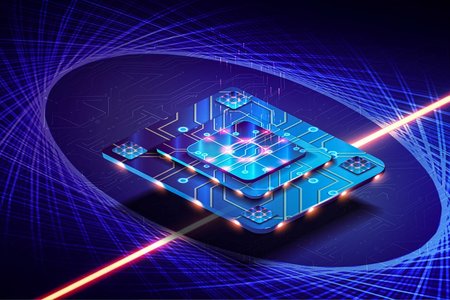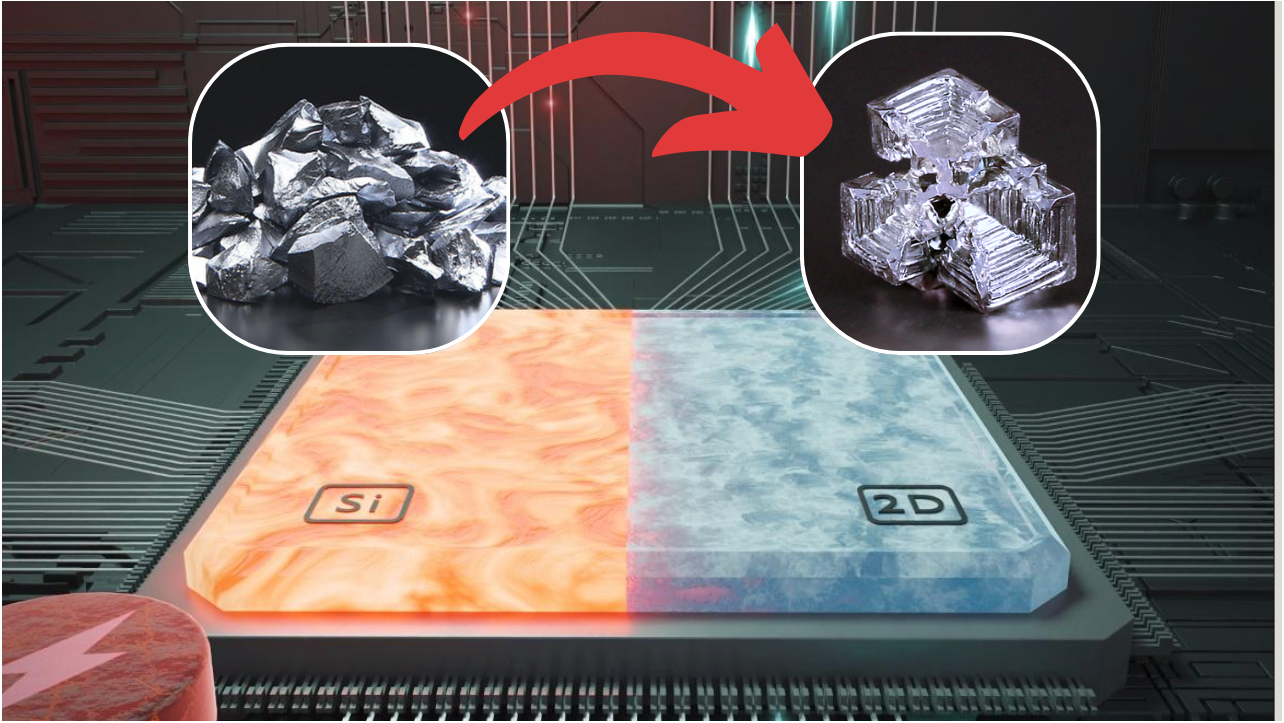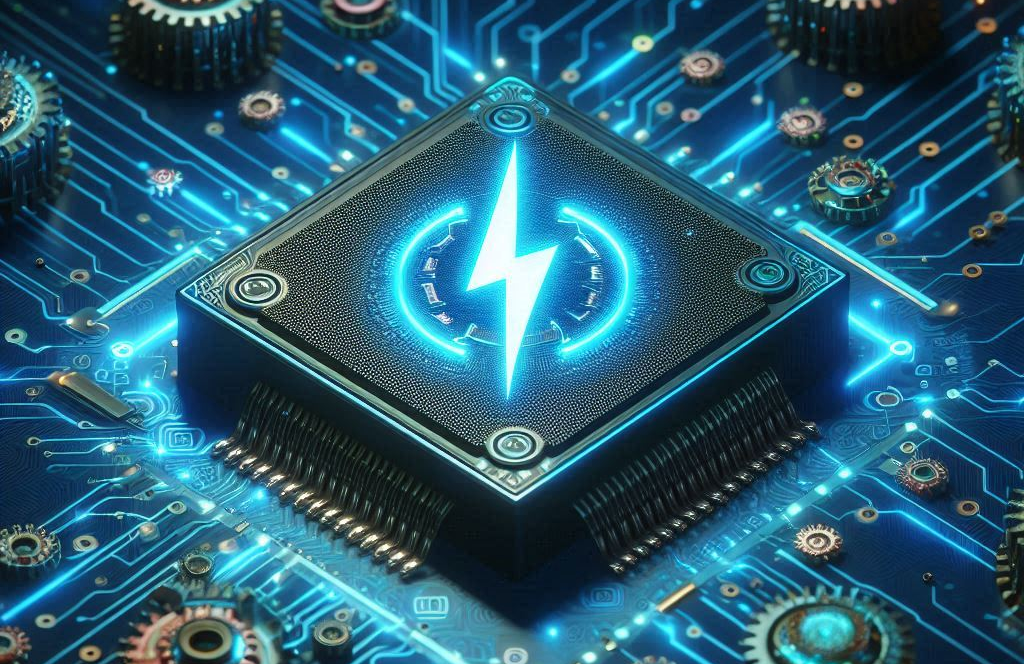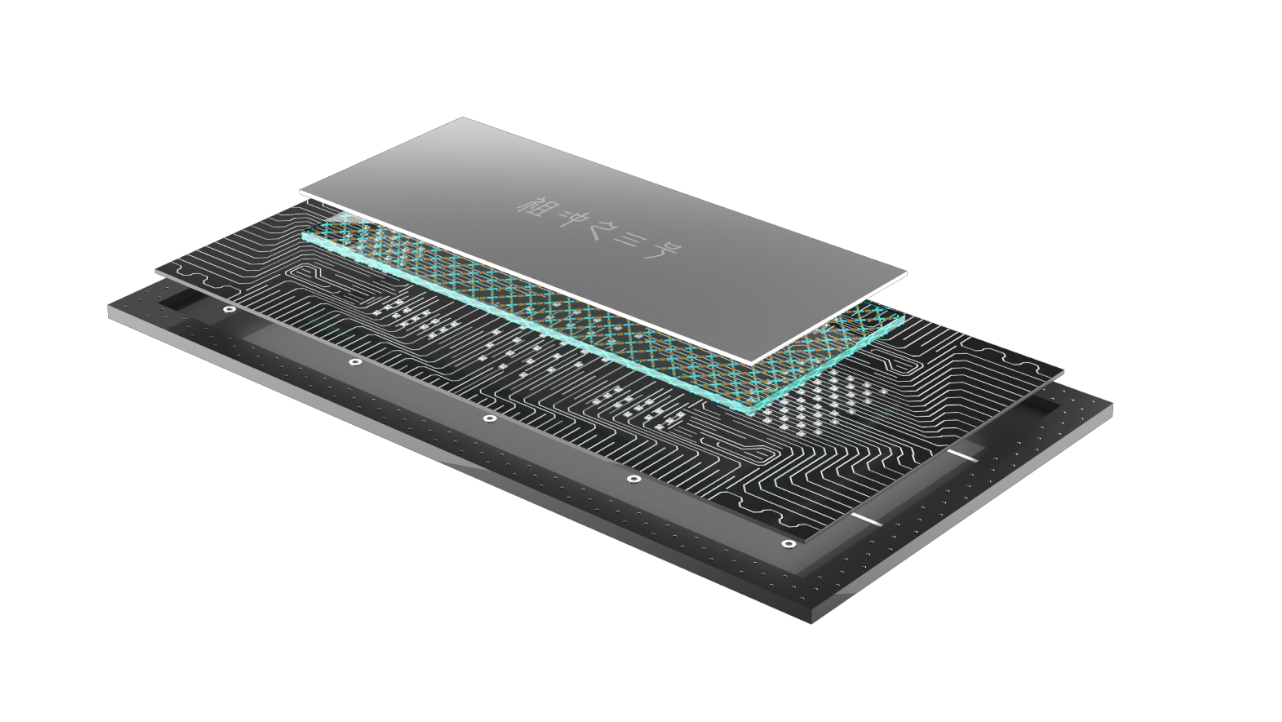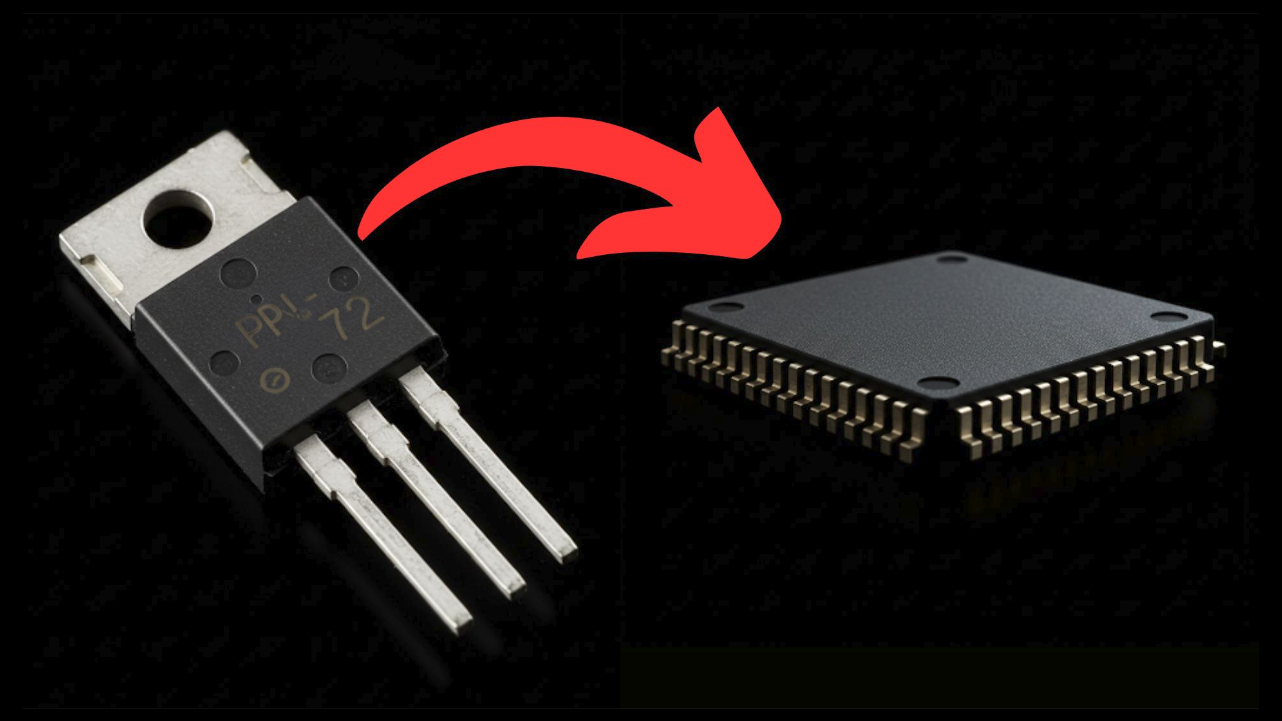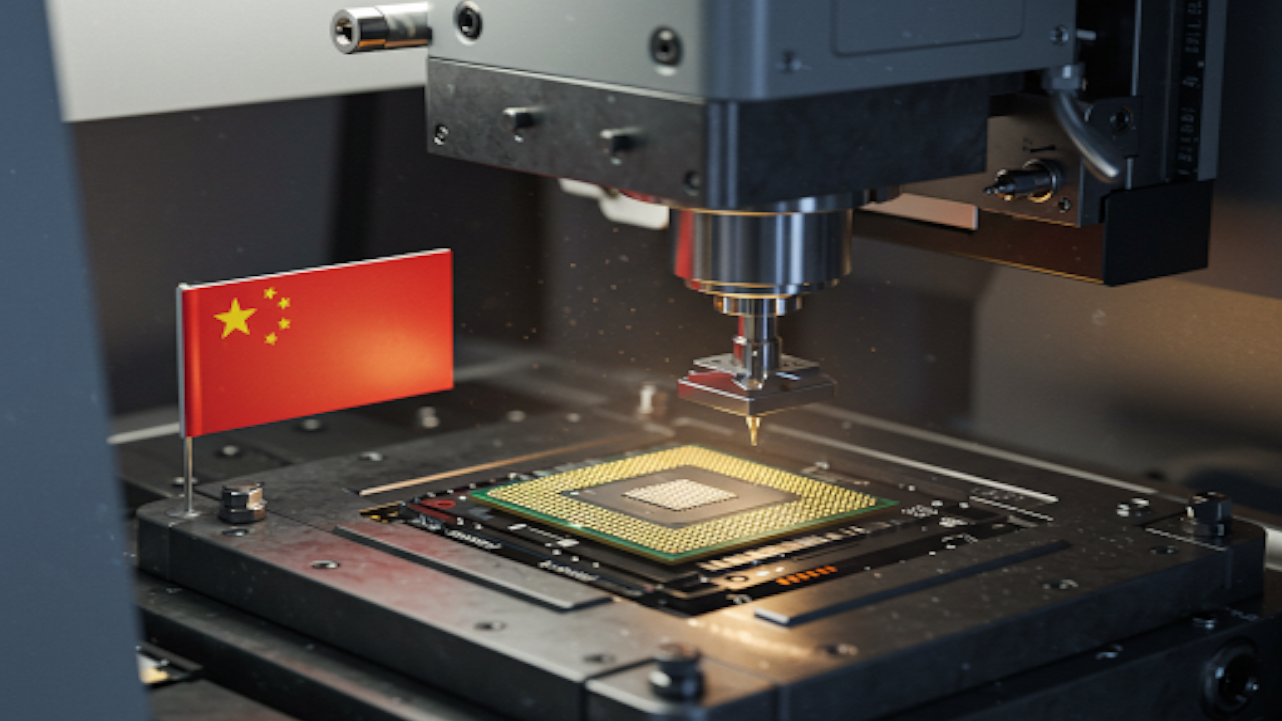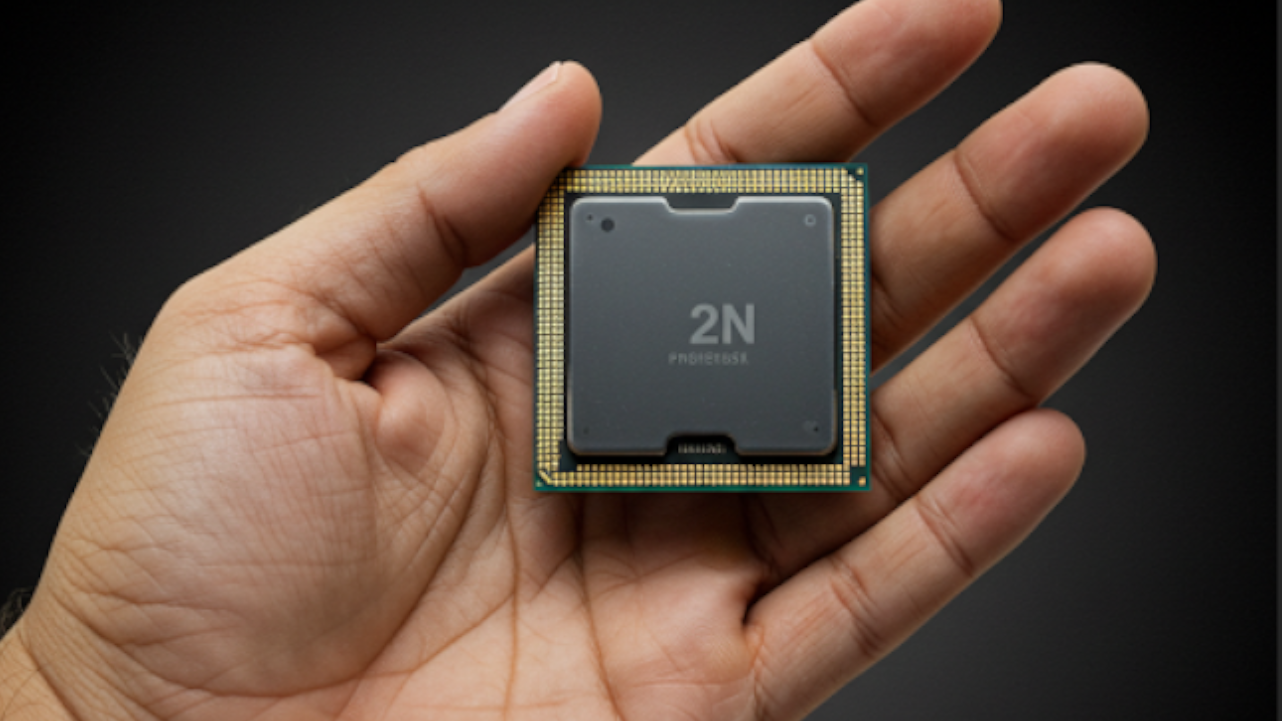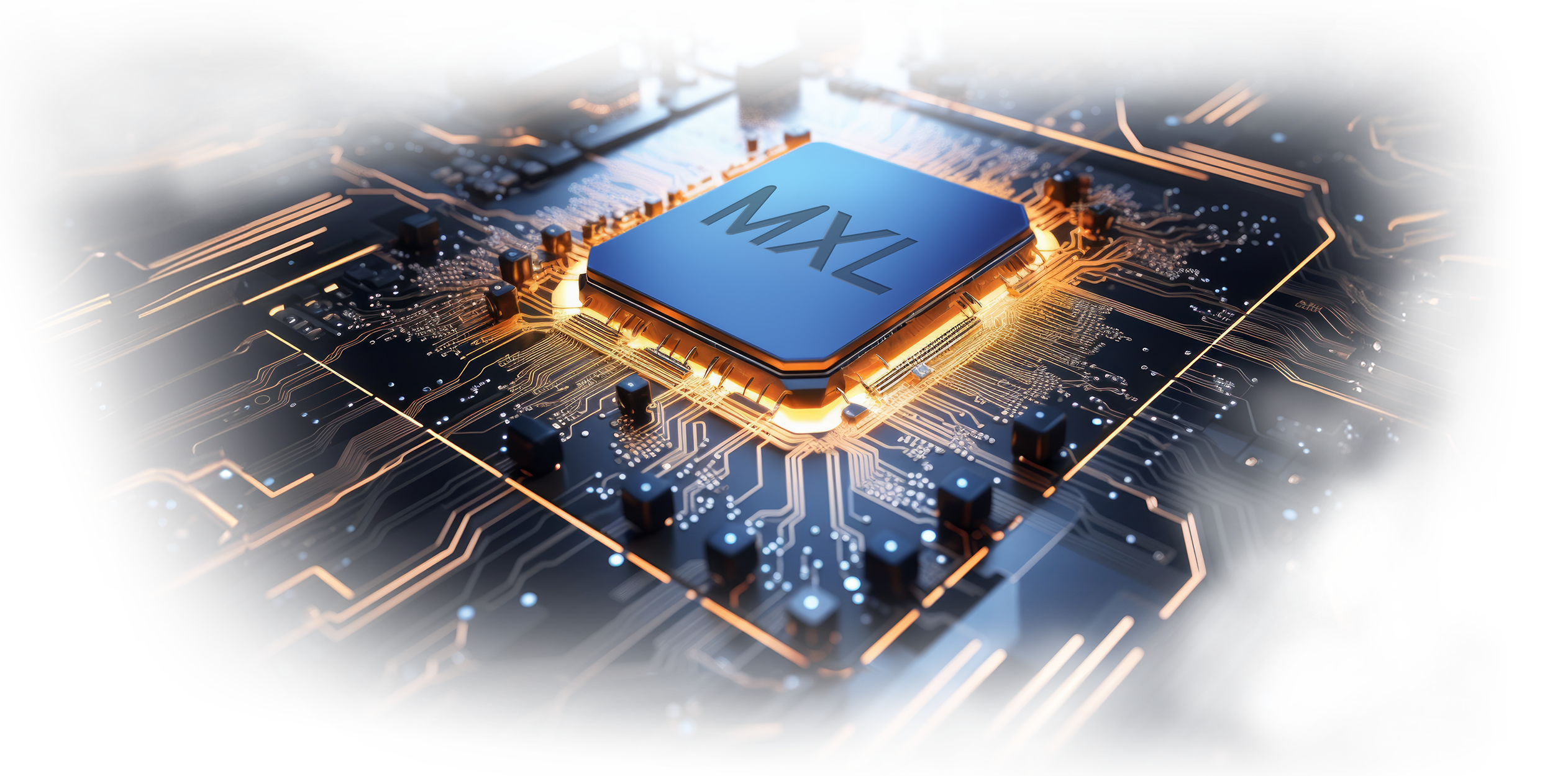All electronic devices, from mobile phones to supercomputers for artificial intelligence, operate with silicon transistors. These transistors require a certain amount of power to function. Reducing the voltage required to operate them would save a significant amount of energy globally.
To address this, researchers at the Massachusetts Institute of Technology (MIT) have developed a new type of three-dimensional transistors using alternative materials to silicon, allowing them to operate efficiently with lower power consumption.
Transistors represent binary states in computing systems, which operate on zeros and ones. Each transistor can be in the “off” state (zero) with no current flow, and switch to the “on” state (one) when current passes through, pushing electrons to cross an energy barrier. The lower the voltage required to switch it to the “on” state, the better the transistor is in terms of energy efficiency.
The researchers utilized a unique set of ultrathin semiconductor materials: Gallium Antimonide (GaSb) and Indium Arsenide (InAs), leveraging a quantum phenomenon known as Quantum Tunneling. This property allows electrons to penetrate energy barriers due to their wave-like characteristics.
This means the transistors can operate faster and at much lower voltages than traditional silicon transistors, significantly improving their performance and energy efficiency.
Using the latest technology at MIT.nano, a facility specialized in nanoscale research, the researchers developed these 3D nanotransistors with heterogeneous vertical nanowire structures measuring just 6 nanometers in diameter — the smallest 3D transistors reported to date.
Experiments showed these transistors outperform traditional ones, being faster and more energy-efficient. Their smaller size allows for more transistors to be placed in a given volume, enhancing overall performance. Comparatively, the researchers found these transistors to be 20 times better than similar silicon transistors.
The researchers published their findings in Nature Electronics, marking a significant step towards creating a new generation of faster, more efficient electronics. However, they still need to find an effective way to align these transistors on a single small chip without compromising their efficiency.
